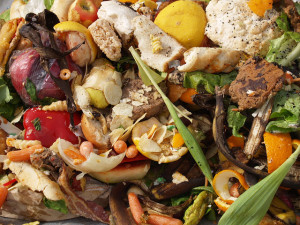Grocery Store Runs On Electricity Generated By Its Own Food Waste

(Lunauna)
The Sainsbury superstore in Staffordshire, England is reportedly the first time a retailer in that country has come off the National Grid to power a store, reports the BBC.
The store already sends all its food waste to an anaerobic digestion plant, which basically feeds the garbage to bacteria that break down the food in many steps, producing primarily carbon dioxide and methane gas, explains Popular Science.
The methane is separated from the carbon dioxide and turned into biomethane gas, which is then used to generate electricity. A 1.5-kilometer-long cable carries the electricity back to the store.
“Sainsbury’s sends absolutely no waste to landfill and we’re always looking for new ways to re-use and recycle,” the head of sustainability at Sainsbury’s told the BBC. “We’re delighted to be the first business ever to make use of this link-up technology, allowing our Cannock store to be powered entirely by our food waste.”
Food waste is a big problem all over the world — 141 trillion calories food are wasted every year in just the United States, according to the United States Department of Agriculture.
Sainsbury’s store powered by food waste [BBC]
U.K. Supermarket To Run On Electricity Made From Its Own Rotting Food [Popular Science]
Want more consumer news? Visit our parent organization, Consumer Reports, for the latest on scams, recalls, and other consumer issues.

